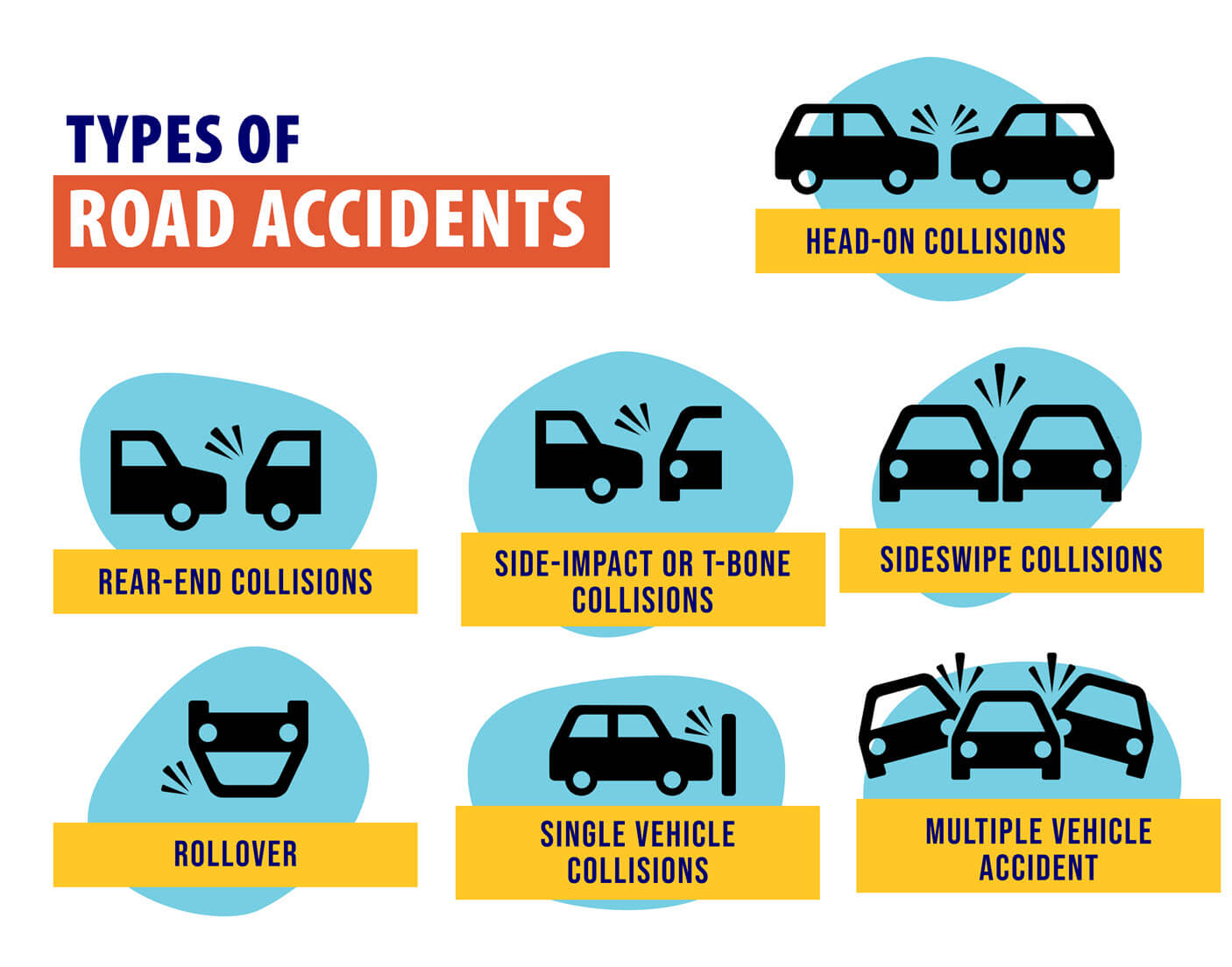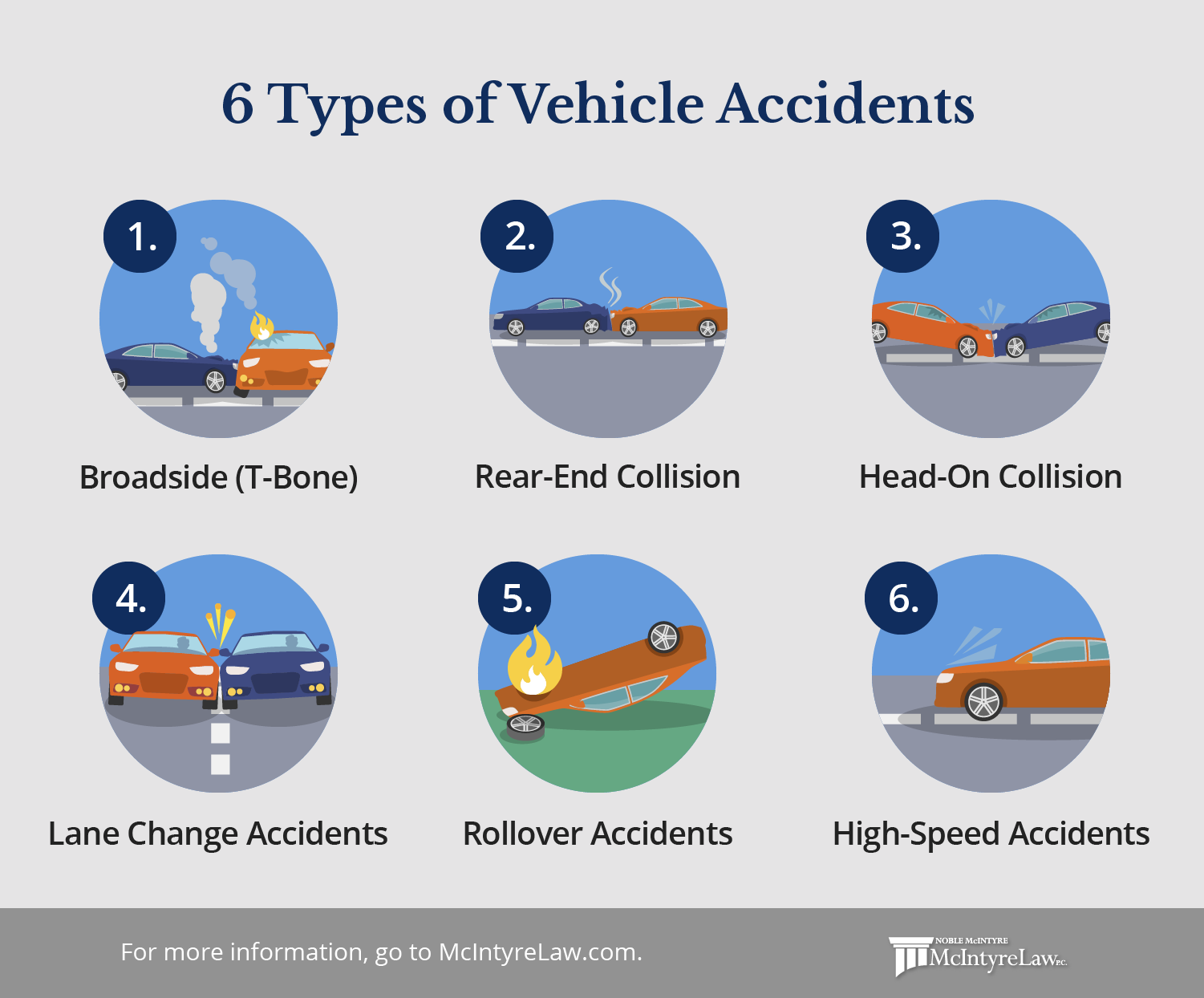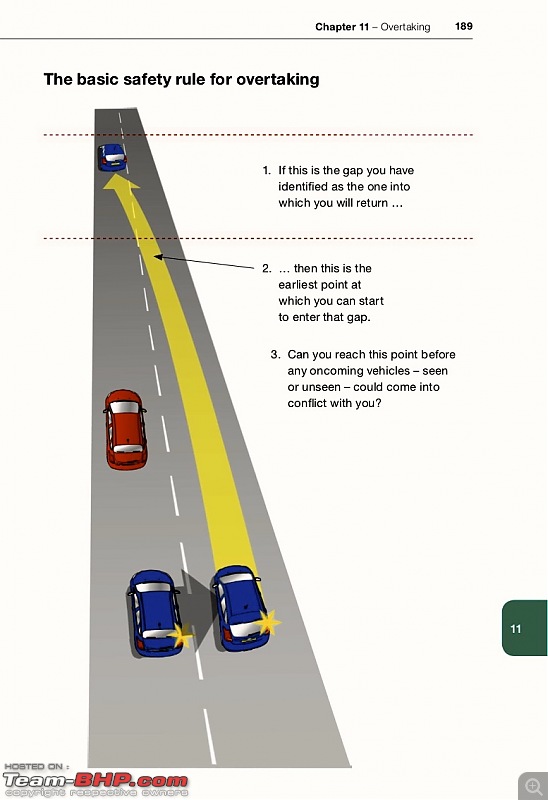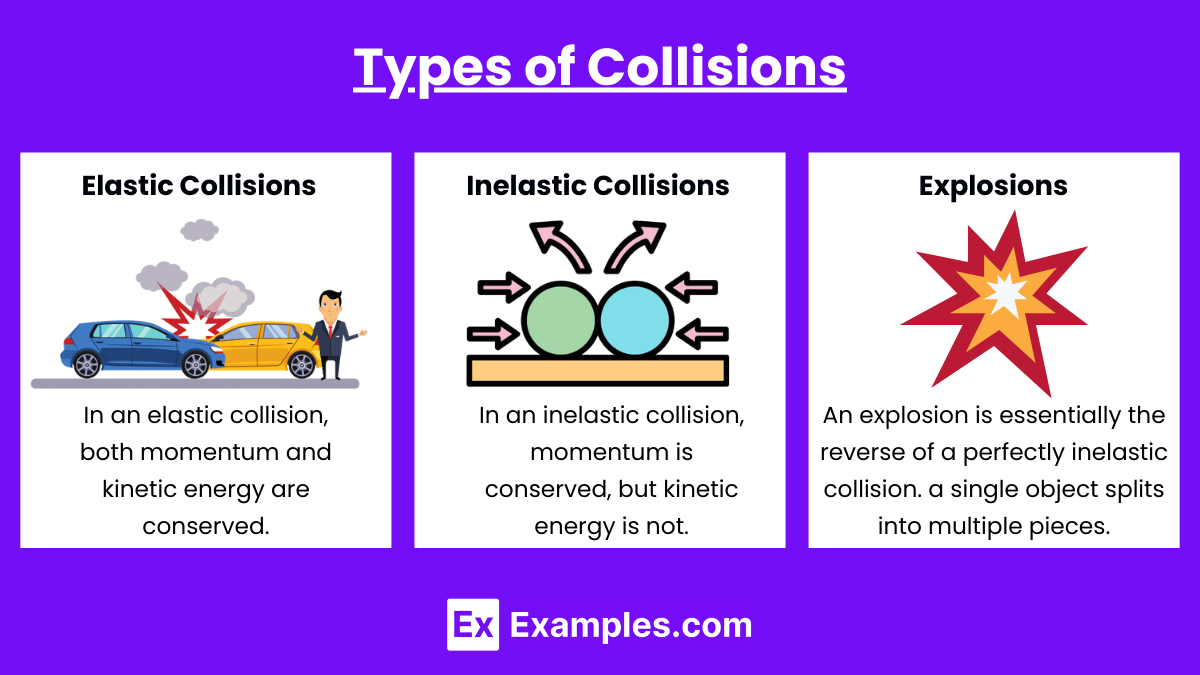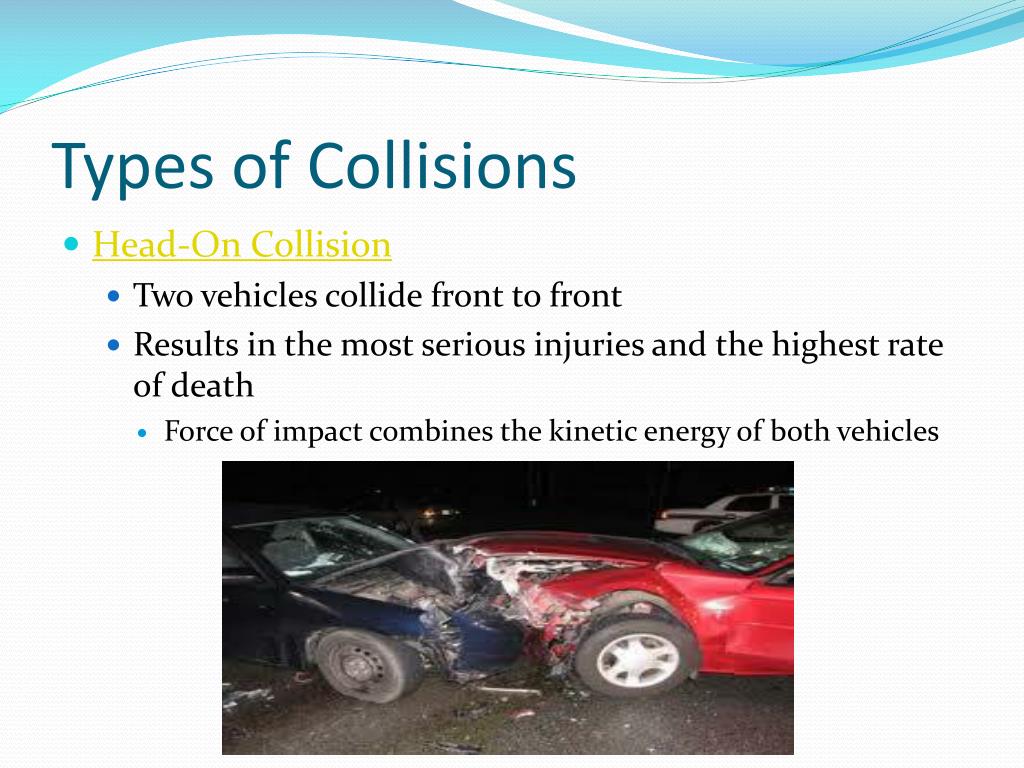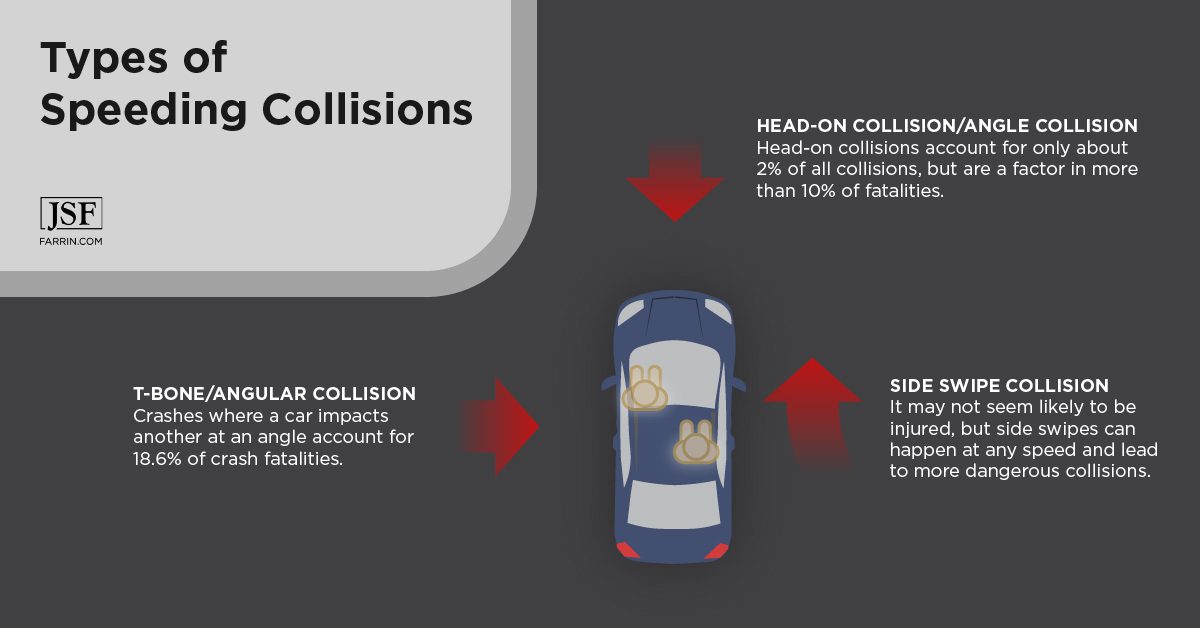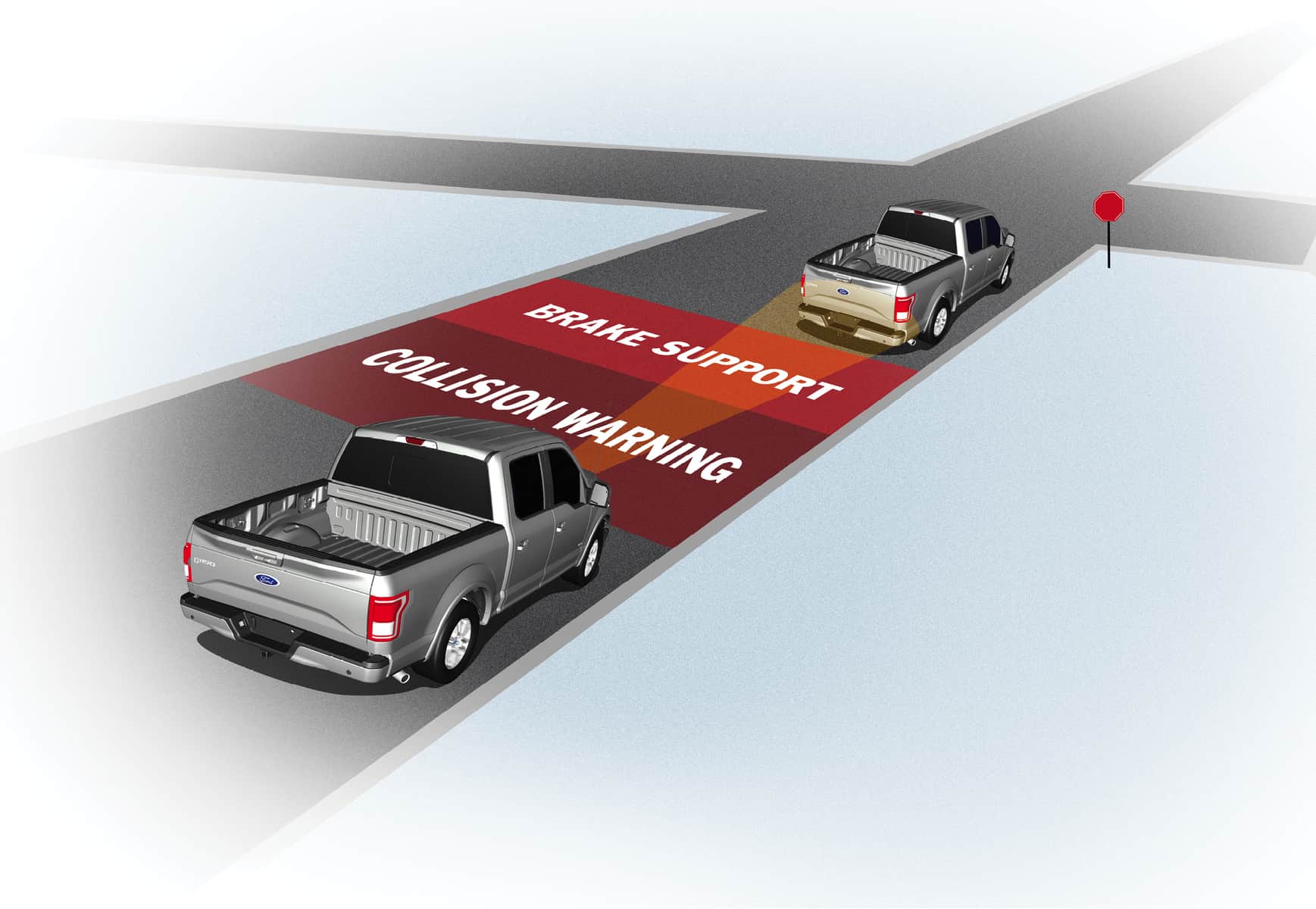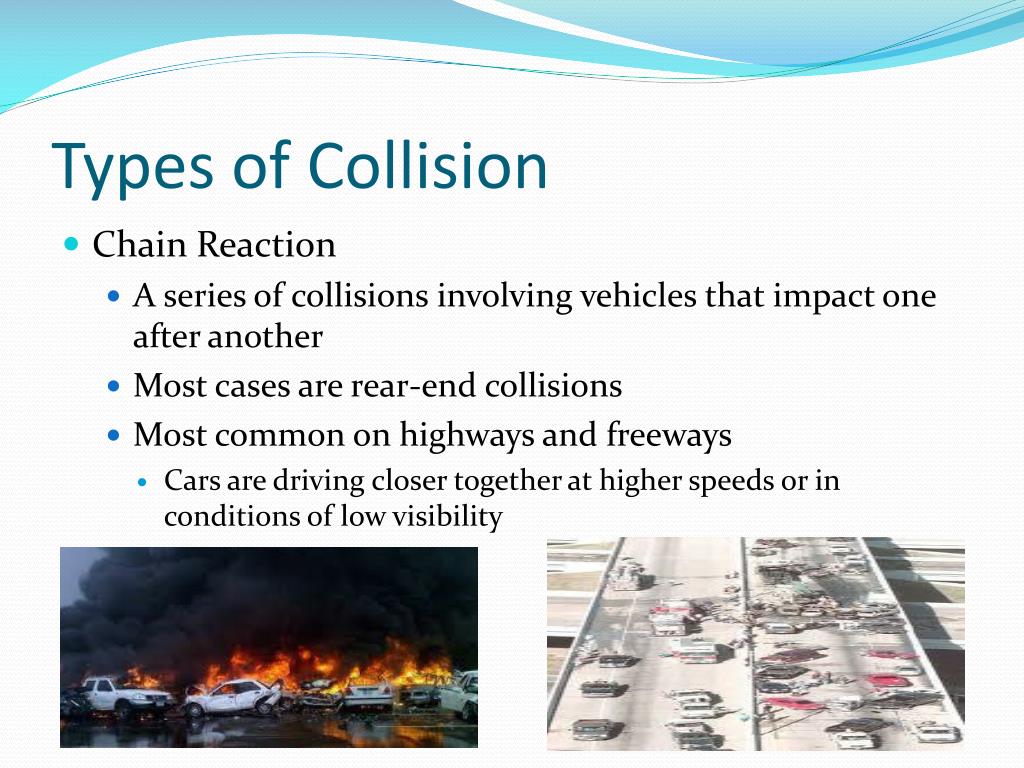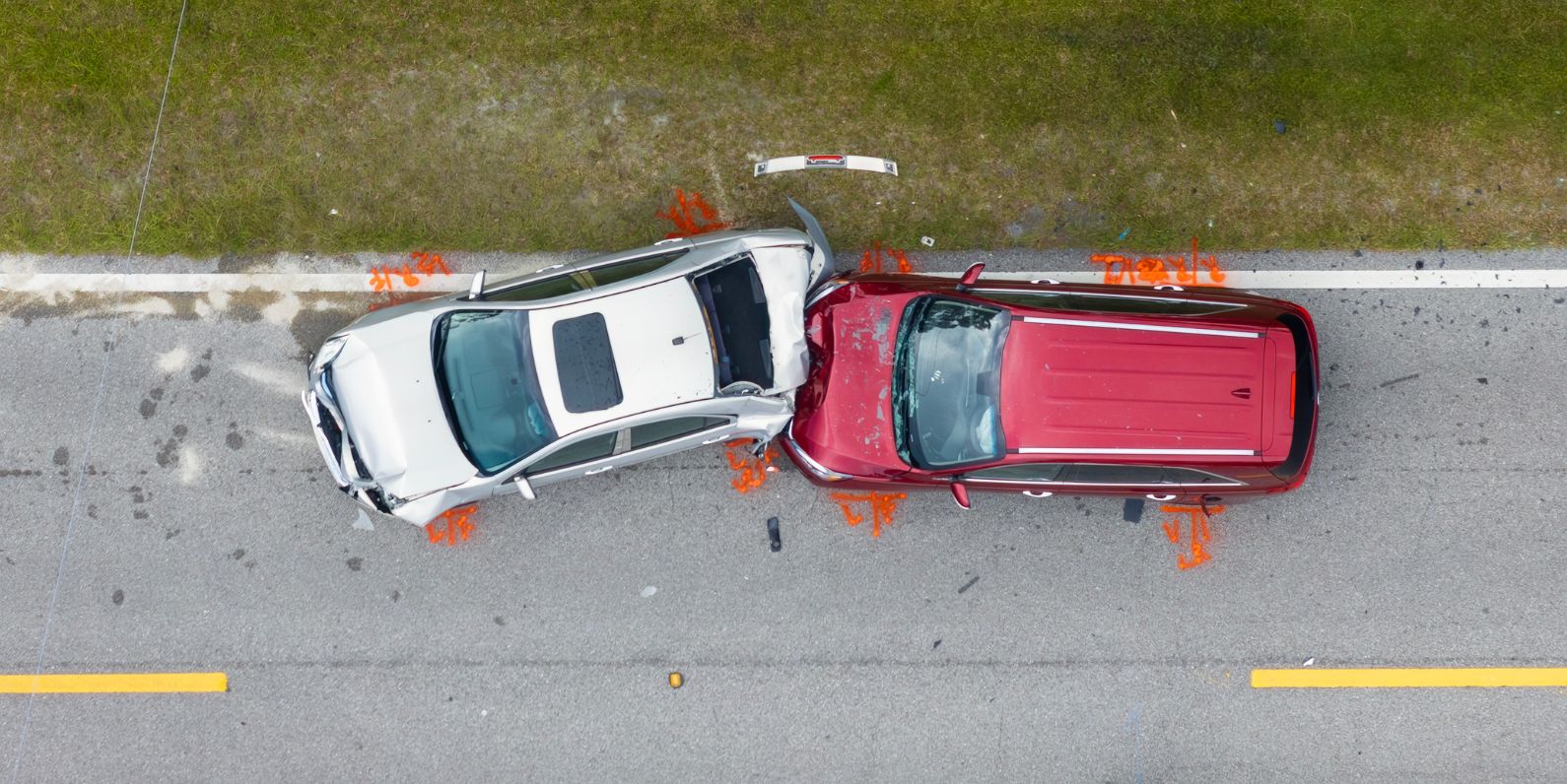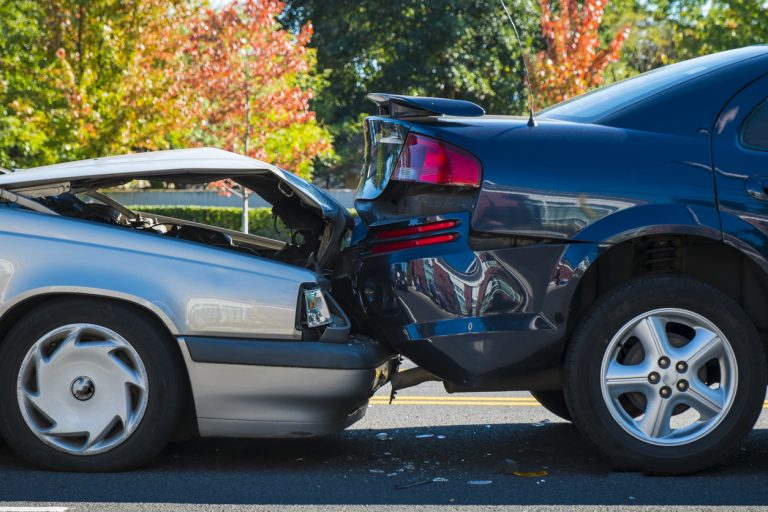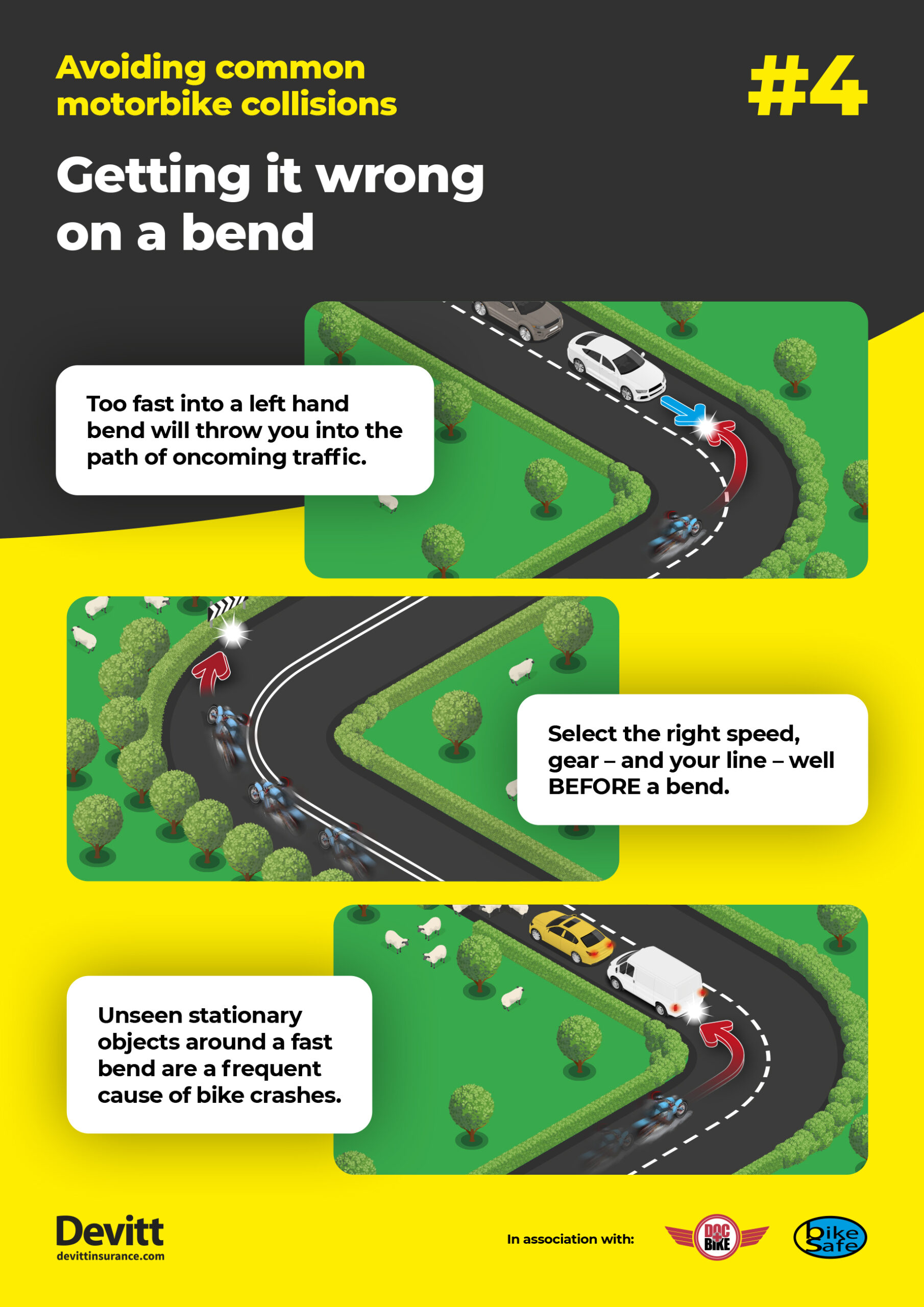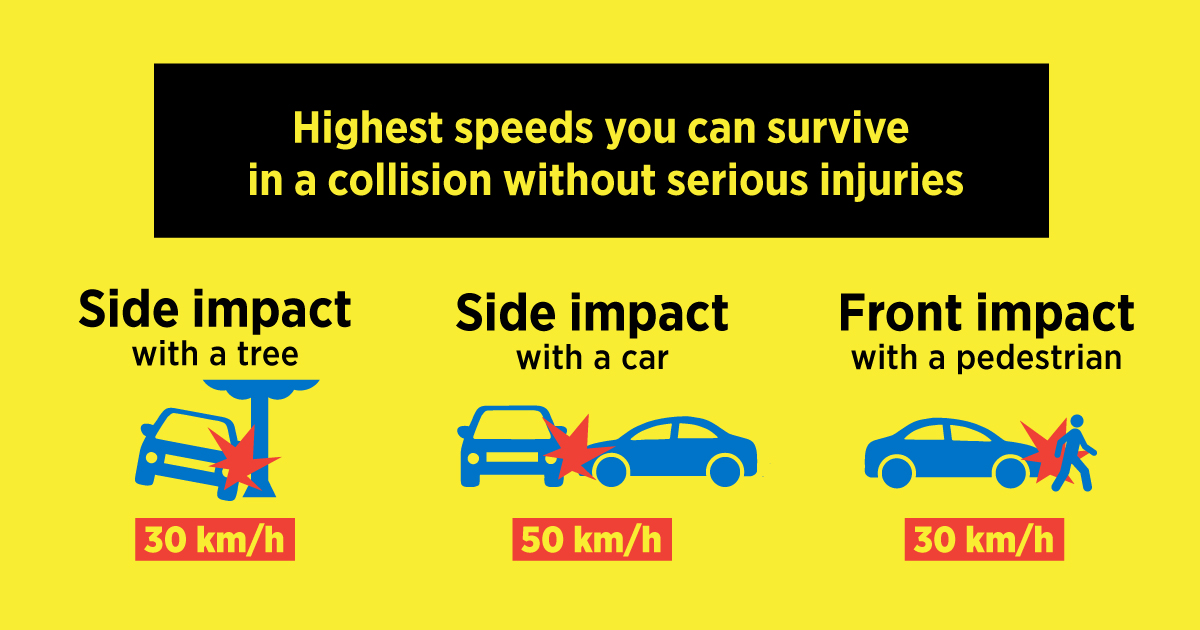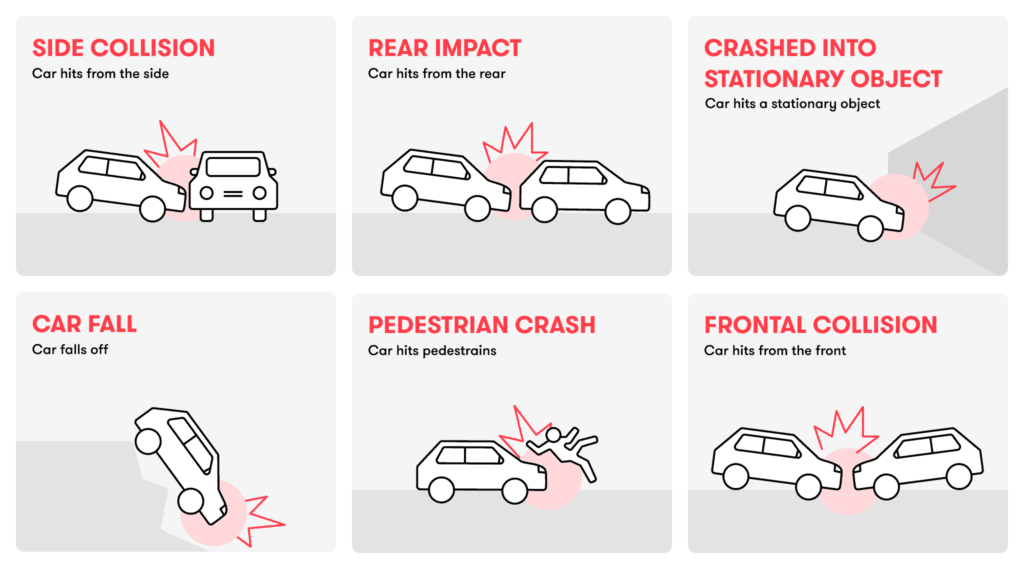What Type Of Collision Could You Avoid By Speeding Up

The instinct to speed up on the road is often associated with recklessness, a desire to get somewhere faster at the expense of safety. However, buried within the complex dynamics of traffic flow, lies a counterintuitive truth: in certain, very specific scenarios, a carefully considered increase in speed might be the lesser of two evils, potentially preventing a more dangerous collision.
This isn't an endorsement of speeding, far from it. This article delves into the limited situations where accelerating, within the confines of safety and legality, could avert an accident. We'll explore the specific collision types this might apply to, the factors that must be present, and the overwhelming importance of prioritizing defensive driving and awareness.
Understanding Collision Dynamics
Before examining the potential benefits of accelerating, it's crucial to understand the common types of collisions and their root causes. According to the National Highway Traffic Safety Administration (NHTSA), rear-end collisions, side-impact collisions, and angle collisions make up a significant portion of all accidents.
Many of these accidents are attributed to driver error, including distracted driving, following too closely, and failure to yield. Speeding is also a primary contributing factor, but it's not always a simple equation of "faster equals more dangerous."
The "Avoidable Collision" Scenario
The most cited scenario where a slight increase in speed might be beneficial is when merging onto a highway or freeway. Imagine approaching a merging lane, with traffic flowing steadily on the main roadway.
The key here is matching the speed of the existing traffic flow. A vehicle entering significantly slower than the surrounding cars can create a bottleneck, forcing other drivers to brake suddenly, increasing the risk of a rear-end collision.
In this situation, a careful and controlled acceleration to merge smoothly into the traffic flow can be safer than remaining significantly slower. This requires precise judgement, constant monitoring of surrounding vehicles, and a clear understanding of your vehicle's acceleration capabilities.
The Perils of Being a "Rolling Roadblock"
Sometimes, a vehicle traveling significantly below the speed limit, particularly on a multi-lane highway, can create a dangerous situation. This is especially true if the slow-moving vehicle is in the left lane.
Other drivers may become frustrated and attempt to pass aggressively, potentially leading to unsafe lane changes or rear-end collisions if the slow driver suddenly brakes. However, it is important to emphasize that simply speeding up to remain in the left lane is not justifiable.
If it is safe to do so, moving over to the right lane is usually the safest option. Speeding up to pass and then merging back is permissible, if conditions allow.
Important Considerations and Caveats
It's paramount to stress that the situations where accelerating to avoid a collision are rare and demand exceptional judgement. The benefits must clearly outweigh the risks, and any acceleration must be controlled and within legal speed limits.
Here are crucial factors to consider:
- Visibility: Poor visibility due to weather or darkness significantly increases the risk associated with any maneuver.
- Traffic Density: In heavy traffic, accelerating can create more problems than it solves.
- Vehicle Condition: Ensure your vehicle is in good working order, with properly functioning brakes and tires.
- Driver Skill: This maneuver requires confident and precise driving skills. Inexperienced drivers should avoid it.
Furthermore, aggressive acceleration or reckless lane changes are never justified. The goal is to seamlessly integrate into the traffic flow, not to assert dominance or engage in risky behavior.
Expert Perspectives
Traffic safety experts generally agree that defensive driving is the best approach to preventing collisions. The Insurance Institute for Highway Safety (IIHS) emphasizes the importance of maintaining a safe following distance, being aware of your surroundings, and avoiding distractions.
While some experts acknowledge the potential for accelerating to avoid certain collisions, they strongly caution against using this tactic as a primary strategy. "It's a high-risk, high-reward situation," says Dr. Emily Carter, a traffic safety researcher at the University of Michigan Transportation Research Institute (UMTRI).
She explains, "The driver must be incredibly skilled and aware of all potential risks. In most cases, slowing down or maintaining speed is the safer option."
The Future of Collision Avoidance
Advancements in automotive technology are rapidly changing the landscape of collision avoidance. Features such as adaptive cruise control, lane departure warning systems, and automatic emergency braking are becoming increasingly common.
These technologies can help drivers maintain a safe speed and following distance, and even intervene automatically to prevent or mitigate collisions. As these systems become more sophisticated, the need for drivers to make split-second decisions about accelerating or braking may diminish.
However, it's important to remember that technology is not a substitute for responsible driving. Drivers must remain vigilant and engaged, regardless of the technology available.
Conclusion
While the idea of speeding up to avoid a collision may seem paradoxical, there are limited circumstances where a carefully considered increase in speed could potentially reduce the risk of an accident. However, such situations are rare, demanding exceptional judgement and driving skills.
Prioritizing defensive driving, maintaining a safe following distance, and being aware of your surroundings remain the most effective strategies for preventing collisions. Always err on the side of caution and adhere to posted speed limits.
Ultimately, the safest approach is to anticipate potential hazards, avoid distractions, and drive in a manner that promotes the safety and well-being of yourself and others on the road.
